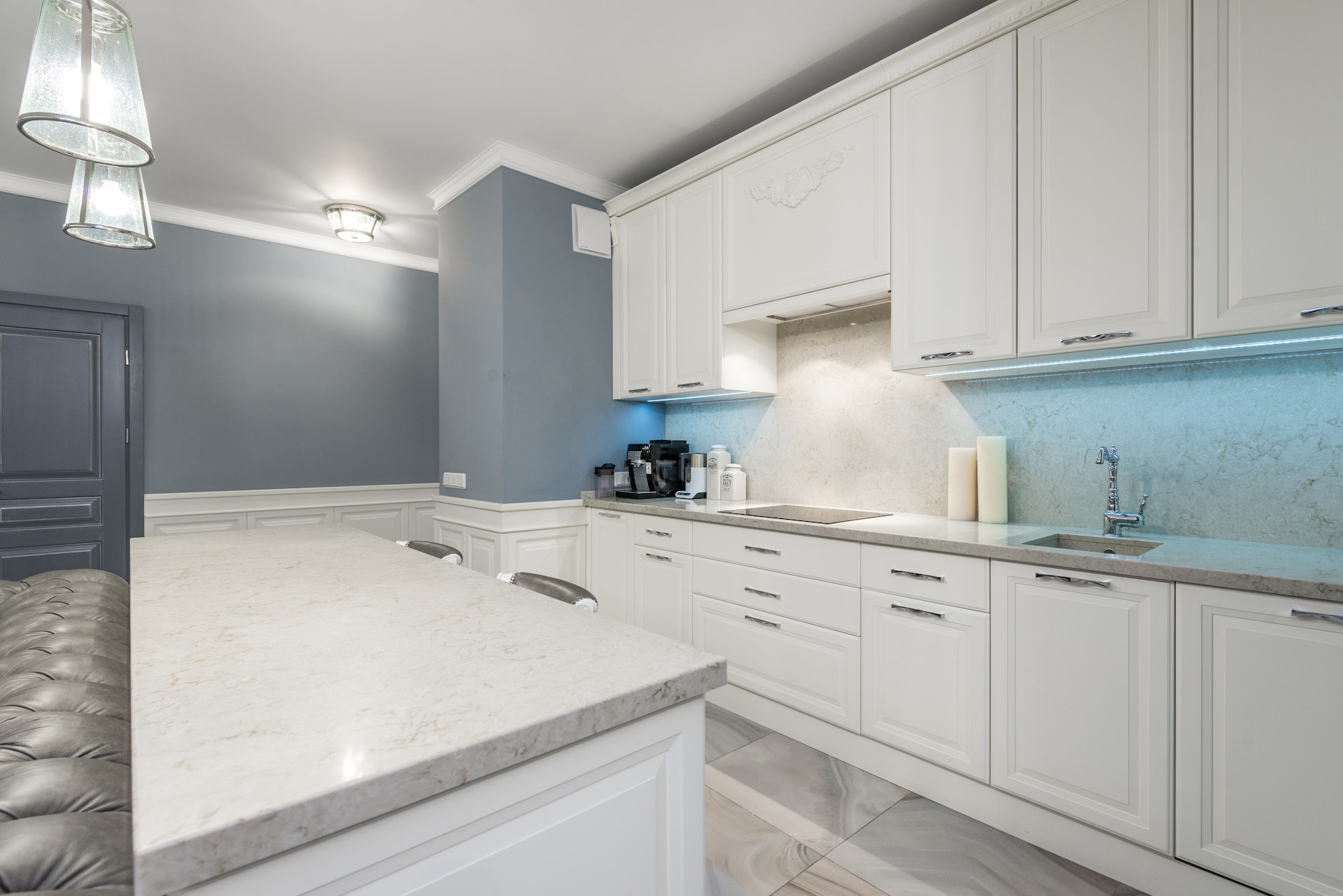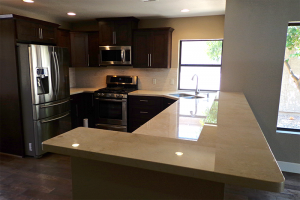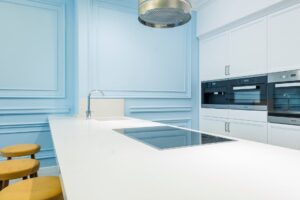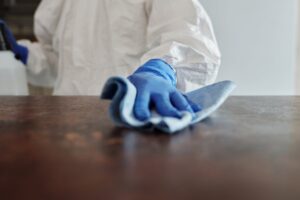Marble is a lovely material that looks fantastic on countertops. It is, however, far more porous and softer than most other types of stones. It implies you must take additional care of it and perform regular maintenance. One of the things you should be aware of is how to seal marble countertops.
It is critical to protect the surface of marble and other porous countertop materials against liquids. It is difficult to imagine such a sturdy and traditional stone as marble being discolored. Nonetheless, marble may stain. Kitchen counters are especially prone to staining because they are constantly in contact with water.
What Is a Marble Sealer?
A marble sealer is a surface treatment that is often put to marble in order to plug any pores on the surface and prevent any foreign particles from permeating the marble surface, hence avoiding stains. You can use sealers consisting of solid resin and liquid-based solvents to seal marble. The solvent is often a carrier that penetrates the pores in the stone surface before evaporating to leave a solid resin that plugs the marble pores.
Sealers are often below-the-surface sealers that, when applied and absorbed by the marble, perform an excellent job of stain prevention. Thus, marble sealers serve only this purpose and do not affect the beauty of the stone.
How To Seal Marble Countertops
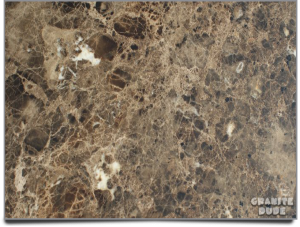 Sealing a stone slab is putting a protective layer of resin or wax on it. This layer not only protects the stone from light scratches but also makes the stone more waterproof. It makes it more difficult to stain.
Sealing a stone slab is putting a protective layer of resin or wax on it. This layer not only protects the stone from light scratches but also makes the stone more waterproof. It makes it more difficult to stain.
However, sealing is a complicated operation that takes skill and the proper equipment. That is why it is best to leave it to the professionals. Nonetheless, it is always a great idea to understand how it works so you know what to expect from a sealing job.
Sealer Selection and Testing
There are various types of sealers available, and you should choose the one that best meets the purpose of the counter. You must also ensure that they are suitable for use with marble.
Get a sealer that is acid-resistant.
Depending on the substances, some will be effective, while others may cause harm. Check the package carefully and choose a sealer that is acid-resistant. You should avoid linseed oil, citrus ingredients, and surface sealers.
Use mineral oil or water for testing.
Sealing your countertops is probably the best method to protect them, but before you do so, be sure it has to be sealed in the first place. Leave a few drops of mineral oil or water on your counter for a few minutes. It should be 4 minutes for the water and 10 for the mineral oil. Wipe the liquid away. If a dark spot or stain remains, it is time to seal your countertop.
Use water and soap to clean the countertop.
After you’ve concluded that your countertop requires sealing, give it a thorough washing. Use a light soap, a clean, soft cloth, and warm water to clean the countertop. Following that, thoroughly dry the area with a clean, dry cloth.
Use no harsh or acidic agents or products to clean your countertops, such as lemon juice or bleach.
Follow the directions on the sealer’s label.
It is critical to read and comprehend the manufacturer’s instructions before applying the sealer. Depending on the kind of stone and finish, various manufacturers require varying application procedures and volumes of sealer.
Sealer Application
Spraying and rubbing the sealant into the surface.
Start by following the sealer’s instructions. Generally, the sealer label will direct you to spray the sealer all over your countertop and then rub it in with a clean, soft cloth.
If you have never sealed your countertop with the product, consider treating a tiny area and testing it 24 hours later to ensure it worked.
If you have a large countertop, you may wish to treat individual parts one at a time.
Before wiping away any excess sealant, wait for about 5 minutes.
Let the sealer soak in for about 5 minutes, then wipe up any excess with a clean microfiber towel unless otherwise directed.
If you used the proper quantity of sealer, there might be none remaining for you to remove. If this is the case, use the microfiber cloth to make a fast counter-wipe nevertheless.
Apply a second coating after 15 minutes.
Several coatings of sealer are typically and usually desired when applying the sealer, mainly to obtain comprehensive coverage. Let at least 15 minutes for the first coating to absorb before applying additional coats as needed or advised by your sealer.
Once a month, seal your marble countertops.
You should repeat this method once a month to offer the greatest possible protection for your countertop. Your marble countertop may stain easily and rapidly. However, by keeping a powerful sealer on it at all times, you will have more time to wipe up spills and avoid etching or staining.
Countertop Cleaning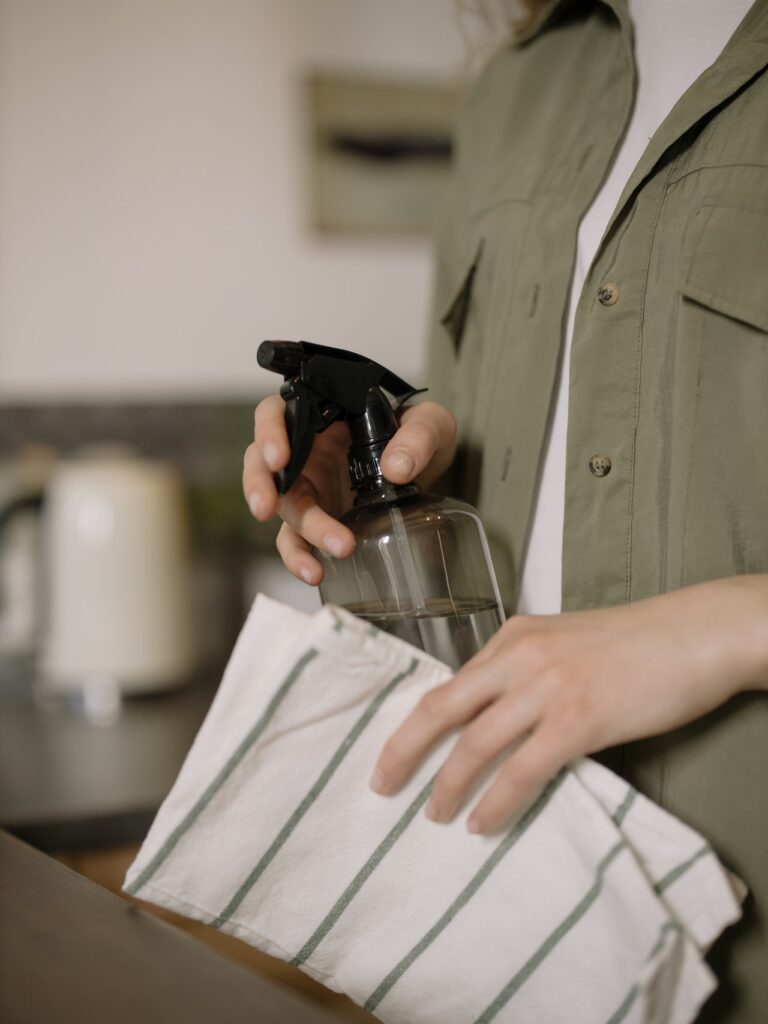
It would be best to clean up spills right away. If you want to preserve your marble countertop in excellent shape, you must clean up any spills as soon as they occur. Fruit juices, soda, coffee, and many popular cleaning chemicals are very damaging to marble. Wipe up any liquid that comes into touch with your counter using a sponge, paper towel, or soft cloth as quickly as possible.
Eliminate stains as soon as possible.
If you already wipe up a spill and it has left a stain, remove it immediately. Various stains necessitate different removal methods. Make sure that you remove the stain as soon as possible and as thoroughly as possible.
Furthermore, you can use a soft liquid cleaner, ammonia, liquid deterge, or mineral spirits to remove an oil-based stain.
You can also remove an organic stain with a combination of a few drops of ammonia and 12% hydrogen peroxide.
Use placemats, cutting boards, coasters, and trivets.
All of these products act as a protective barrier between your countertop and possibly harmful chemicals. They can prevent lasting scarring of your marble countertop from scratches, etches, and burn marks.
Make a poultice for your counter.
If your marble countertop is very dull, dusty, and discolored, you should apply a paste-like cleaning product, such as baking soda, over the whole surface. Stir the paste and spread it evenly on the counter with a spatula. Wrap it in plastic wrap and use painter’s tape to seal the edges. After 24-48 hours, you can remove the plastic, let the paste dry, and then scrape it away with a wooden or plastic scraper.
An Avoidable Error
One of the most prevalent mistakes made by DIY enthusiasts is not using enough sealer. Rather than just soaking the surface with a small spray, it is vital to cover the area with one thin coating of sealer totally.
Resealing Your Kitchen Countertops
Nothing, including your newly sealed countertops, lasts forever. So don’t worry: resealing your countertops is the same as the first time. Moreover, an expert believes that future sealing tasks will be much simpler. Think of resealing as a touch-up, with the initial sealing serving as the basic foundation. It simply means that you don’t have to be as thorough with your resealing passes if the countertops are in good condition and the first sealing was done correctly.
How Often Should Kitchen Countertops Be Resealed?
So, how frequently should this reoccurring project be tackled? While the frequency of sealing will ultimately depend on the state of your countertops, an expert advises that you should reseal once a year. But keep an eye out for visual cues, such as wet stains around the sink. These signals suggest that you need to reseal your countertops sooner.
Water Testing Technique
A better technique is to do a water test once a year to assess if it is time to reseal your countertop. First, put a puddle of water on the surface, then wait and see how long it takes to form a dark spot using a clock or the timer on your phone. Do you notice a dark spot in more or less 10 minutes? Then, it is time to reapply the sealant.
Advantages of Sealing Your Marble Countertops
Although marble is a visually appealing stone, there are several reasons why marble sealing has become standard practice on our floors and countertops.
These are a few advantages of marble sealing:
Provides Slip Resistance
Although this is the primary purpose for sealing marble, sealing can help provide slip resistance. Certain chemical sealants will preserve your surface while also providing slight traction, making the marble more slip resistant. It is a wonderful safety feature in high-traffic areas or interior locations that frequently have to deal with a lot of water spills, such as laundry and bathrooms.
Keeping Stains at Bay
Contrary to common belief, marble is a less porous stone; yet, if given enough time, liquids may infiltrate the pores of this stone. Once the liquid has penetrated the marble, a stain may form when the liquid evaporates. As a result, a marble sealer can help avoid this. This sealer’s carrier component intends to saturate the pores of the stone and leave resins that physically inhibit any foreign liquids from entering the stone, hence avoiding stains.
While marble sealers perform an amazing job of avoiding stains, it is essential to know that sealers are not flawless. If you allow fluids to permeate for an extended period of time, they can leave and penetrate stains on the marble stone. As a result, once you apply the sealer, it is critical that you remember to clean and care for the marble. Sealers are not flawless; after a spill, you will still need to clean the marble stone.
Cleaning Time Reduction
While many individuals cover their marble stone to protect it, the reality is that using a sealer may also make cleaning your floors and countertops simpler. You may readily remove dirt and fingerprints because the sealant does not adhere to them. Additionally, because the fluid will just bead on the sealant’s top, it is typically easier to clean after cooking and will not require much scrubbing. As a result, if you want to make your cleaning job easier, try sealing that marble tile or countertop.
A Style Change
While many people only consider marble sealing from the standpoint of protecting the natural stone from chemicals, the fact is that the application of sealants may be a simple method to give a sense of flair to your area. One significant advantage of using marble sealers is that they may quickly improve the aesthetic of your area, giving it a look that is difficult to replicate. Similarly, marble is typically available in a variety of colors, including beautiful multi-color mixtures, providing versatile possibilities for diverse decorative schemes.
Application Suggestions
In general (assuming that marble absorbs fluids), the following are some suggested applications of a marble sealer:
- Marble Flooring: From coffee spills to dust, marble floors are subjected to an infinite number of staining agents, and sealing might protect them from the majority of them.
- Kitchen Countertops: These surfaces are subjected to staining agents on a regular basis and might benefit from sealing.
- Bathroom Countertops: Since staining agents such as cosmetics and lotions will always come into touch with these places, experts strongly advise sealing.
Before sealing your countertops or floors, conduct a simple water test to determine whether it requires sealing. Wait a few minutes after adding some drops of water. If water penetrates into the stone or the color changes, you must seal the marble countertops.
Hire an Expert to Seal Marble Countertops
Although it appears straightforward, if you have never sealed marble or any stone before, this technique will be rather challenging. A lot can go wrong: you may use the incorrect sealant, scrape the stone, or make the surface uneven.
Get a professional sealing service to guarantee everything goes smoothly, and your marble countertop looks better than before. If you are trying to seal marble countertops for the first time, you will most likely get it wrong and have to level it before trying again. A professional job will ultimately save you money.
We specialize in granite and marble at Granite Dude and can assist you. Don’t hesitate to contact us so we may send a consultant to assist you in determining the best technique to seal your marble countertops.

